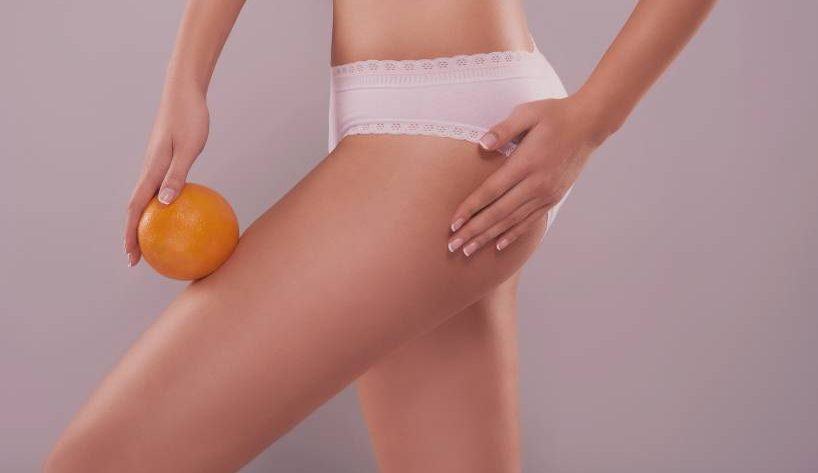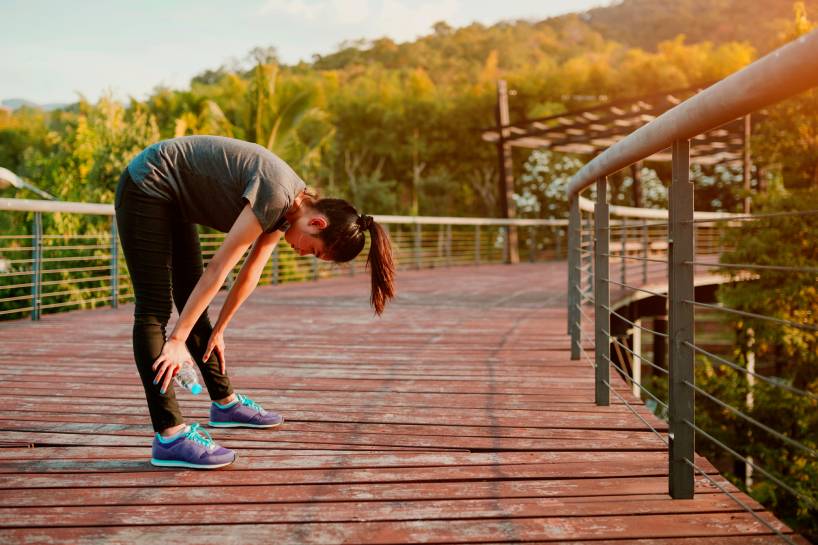Cellulite, often described as the dimpled or lumpy appearance of skin, is a common concern among many individuals, primarily affecting areas like the thighs, buttocks, and abdomen.
It’s important to understand what cellulite is, whether it’s dangerous, and how exercise and weight loss can help address it.
What is Cellulite
Cellulite is a cosmetic issue caused by the accumulation of fat cells beneath the skin, resulting in a bumpy or uneven texture.
It can affect people of all body types and ages, and it’s often more common in women than in men. While it’s not a health risk, many individuals seek ways to reduce its appearance for aesthetic reasons.
Is Cellulite Dangerous
Cellulite itself is not considered dangerous. It’s a purely cosmetic concern that doesn’t pose any health risks. However, its appearance can affect self-esteem and body confidence for some individuals.
Does Losing Weight Help with Cellulite
Losing weight can help reduce the appearance of cellulite, but it may not completely eliminate it. When you lose weight through a combination of diet and exercise, you reduce the overall fat content in your body, which can lead to a reduction in the visibility of cellulite.
However, cellulite can still be present in individuals with low body fat percentages, as it is influenced by factors like genetics and skin elasticity.
Exercises to Address Cellulite
Incorporating specific exercises into your fitness routine can help improve muscle tone and reduce the appearance of cellulite. Here are some effective exercises to consider:
1-st Type of Exercises: Cardiovascular Exercises
Activities like running, cycling, and swimming can help burn calories and reduce overall body fat. The benefits of cardiovascular exercises for skin health are:
Improved Blood Circulation
Cardio exercises, such as running, cycling, and swimming, increase heart rate and promote better blood circulation throughout the body. Enhanced circulation can support the healing process and overall skin health.
Weight Management
Maintaining a healthy weight through regular cardio workouts can help reduce the risk of obesity, which is a risk factor for cellulitis. Excess body weight can put stress on the skin and increase the likelihood of skin issues.
Lymphatic Drainage
Cardiovascular exercises can stimulate the lymphatic system, helping to remove excess fluids and toxins from tissues. Improved lymphatic drainage may reduce swelling and inflammation, common symptoms of cellulitis.
Stress Reduction
Chronic stress can weaken the immune system and exacerbate skin conditions. Cardio workouts can help alleviate stress, potentially supporting the body’s ability to fight infections like cellulitis.
Cardiovascular Exercises for Cellulitis:
- Walking: A brisk walk is a low-impact cardio exercise that’s gentle on the joints. Aim for at least 30 minutes of brisk walking most days of the week;
- Cycling: Riding a bike is an excellent cardiovascular workout that engages the leg muscles. Consider cycling on flat terrain or using a stationary bike at the gym;
- Swimming: Swimming is a full-body workout that’s easy on the joints. The water’s buoyancy reduces impact and provides resistance for an effective workout;
- Running or Jogging: Running or jogging can elevate heart rate and promote cardiovascular health. Start with shorter distances and gradually increase intensity;
- Dancing: Dance classes or dancing at home can be a fun way to get your heart rate up while enjoying music;
- Jumping Rope: Jumping rope is a high-intensity cardio exercise that can be done almost anywhere, making it convenient for home workouts;
- Elliptical Trainer: Using an elliptical machine at the gym provides a low-impact, full-body workout with adjustable resistance levels.
2-nd Type of Exercises: Strength Training
Strength training, also known as resistance training or weightlifting, offers several benefits for overall skin health, which can indirectly impact cellulitis:
Improved Circulation
Strength training increases blood flow to muscles, which can enhance circulation throughout the body, including the affected area. Improved circulation supports skin health by ensuring that oxygen and nutrients reach skin cells.
Muscle Tone
Strength training helps build and tone muscles. As muscles become firmer and more defined, they can provide better support to the skin above them, potentially reducing the appearance of cellulitis.
Weight Management
Maintaining a healthy weight through strength training can help prevent obesity, a risk factor for cellulitis. Excess body weight can put stress on the skin and increase the likelihood of skin issues.
Boosted Metabolism
Strength training can increase metabolism, helping individuals burn more calories even at rest. Weight management is crucial in addressing cellulitis concerns.
Improved Lymphatic Drainage
A well-designed strength training program can support lymphatic drainage, which plays a role in reducing fluid buildup and inflammation, factors that can exacerbate cellulitis.
Strength Training Exercises:
Incorporating strength training exercises into your fitness routine can be beneficial for both skin health and overall well-being. Some effective strength training exercises include:
- Squats: Squats target the lower body muscles, including the thighs and buttocks, potentially improving muscle tone in cellulite-prone areas.
- Lunges: Lunges work the leg muscles and can help firm up the skin in the thigh and buttock regions;
- Deadlifts: Deadlifts are excellent for working the lower back, glutes, and hamstrings, contributing to muscle development in cellulite-prone areas.
- Leg Press: This machine exercise targets the quadriceps and glutes, helping to strengthen the muscles beneath the skin.
- Calf Raises: Strengthening the calf muscles can also contribute to better muscle tone in the legs.
Healthy Lifestyle Is the Key
It’s important to note that while exercise and a healthy lifestyle can help, they may not completely eliminate cellulite. Genetics, age, and other factors play a significant role.
Embracing a holistic approach that includes exercise, a balanced diet, hydration, and self-confidence is key to addressing cellulite concerns.
Consulting with a healthcare professional or a fitness expert can provide personalised guidance on how to best manage cellulite based on individual needs and goals.


